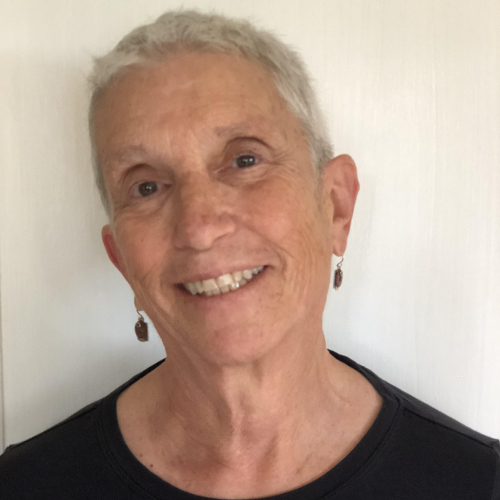
Board member Shirley Bishop introduces our new strategic framework and how it will guide our work in the coming years.
All organizations struggle with the questions: What should we be doing? What do we want to accomplish? Start new programs or focus on expanding current ones? Serve this population or that one?
Too often, organizations abandon any real effort to plan. Either they just keep on doing the same-old, same-old, or they snatch at any new idea that floats by: “Ooh, that’s exciting… let’s do that!”
Project Access Northwest has taken a different approach. In planning for the next two years, the board and staff started with a full review of the organization, stating our vision and mission, spelling out our values and the principles by which we act, examining each current program, and conducting a SWOT study: What are our strengths and our weaknesses, and what opportunities and threats does the organization face?
In light of the information gathered, and very extensive discussions, we decided to focus on a small number of important goals. As outlined in the strategic framework, the goals are all very specific. They are also measurable and reflect a firm commitment on the part of the organization. For example, the first goal is “Facilitate at least 6,000 client appointments in 2019 and at least 7,000 client appointments in 2020.” Note how specific this is: It doesn’t say, “Facilitate more appointments in 2019 and even more in 2020.” Note how measurable it is: We either facilitate at least 6,000 appointments or we don’t. Note the firm commitment to achievement: It doesn’t say, “Try to facilitate 6,000 appointments.”
Under each goal are listed one or more activities which, if executed successfully, will lead to achieving the goal. Each of these activities specifies a responsible party (for all staff activities, that’s the executive director) and a timeline. Throughout 2019 and 2020, the executive director will report to the board on whether activities are being carried out successfully and on progress toward the goals, so that any delays or problems can be addressed promptly.
Board members have been very supportive of the framework. Comments include: “It’s concise, powerful. It’s reasonable but ambitious;” “Goals are clear and specific;” and “It reflects our priorities.”
It should provide Project Access Northwest with a valuable road map for our next two years.